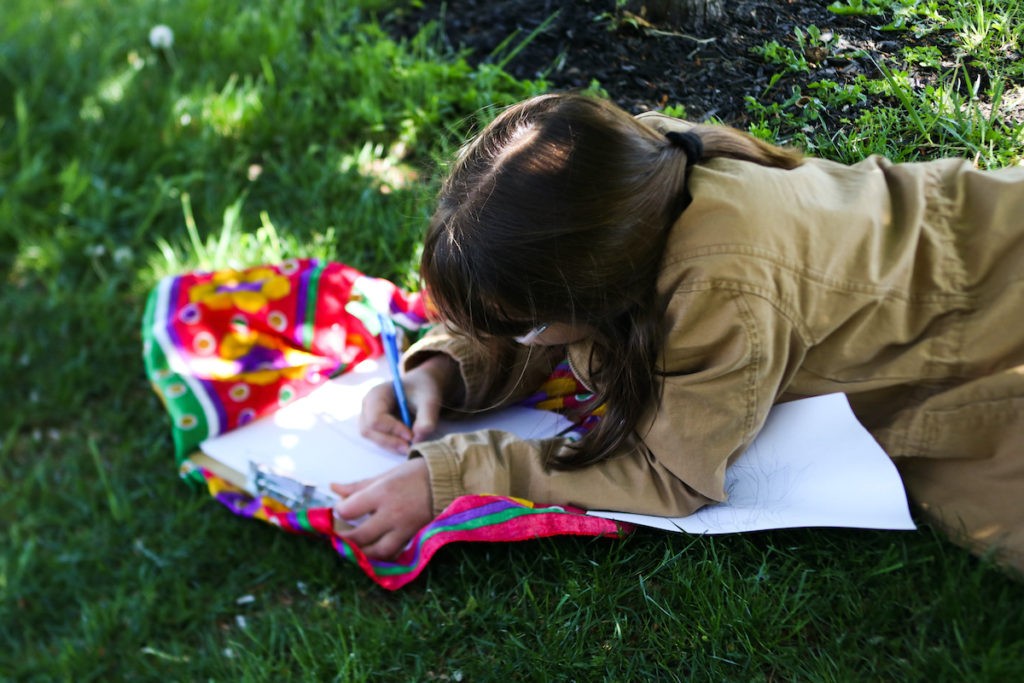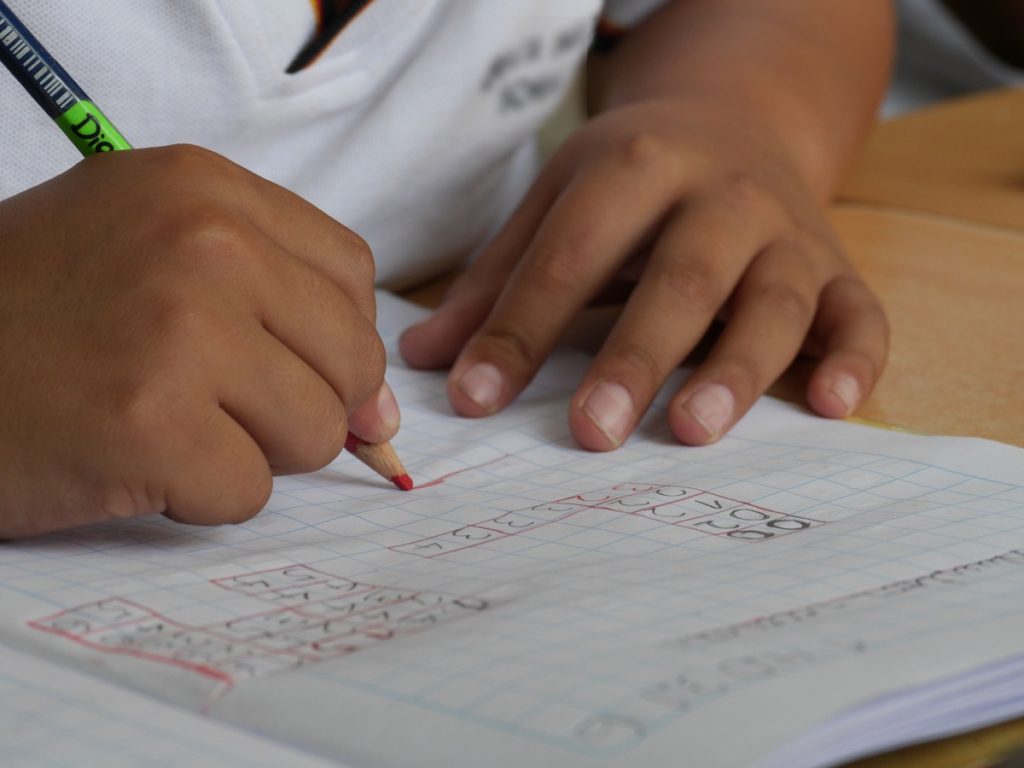Does handwriting practice bring tears in your home?
I’ve fought valiantly in the battles of “Dot Your i’s and Cross Your t’s,” “Stay Inside the Lines,” and “Re-write Again.” It’s a dirty business. Rather than fight harder, I’ll let you in on a few secrets I hope you can incorporate into your day to make handwriting easier.

First and foremost, handwriting workbooks and worksheets are convenient. However, they do not have to be an every-day item! Want a worksheet tip to stand your hair on end?
Shhhh, come closer let me whisper it — “You do not have to do the whole lesson every day.”
WHAT?! It’s so true. Believe me. I’ve tried it all the other ways for you (you’re welcome), so you don’t have to. Less is more. Give a small assignment and ask your child to do it with excellence.
Excellence is writing to the best of their ability, showing progression. Perfection is drawing a battle line.
If you have a two-page worksheet layout or a really long one page – break it up. Assign one section or one line. It is better for a small bit done well rather than the whole thing completed lackadaisically. They can build up to longer assignments later.
For now, celebrate the improvement. Ask them what can be tightened up. Praise the effort and move on.

There are many exercises that work the fine-motor skills in a more lifestyle manner than the dreaded worksheets. Here are five:
- Color a picture for a friend, write their name and address the envelope. (Grades K-2)
- Write a Mad Lib to send to a friend and include a blank one or two for them to return, optional: include a short note to friend too. (Grades 2-6)
- Copy their handwriting assignment in chalk on the sidewalk and take a photo.
- Ask them to copy (or trace) text out of a book or magazine. (Copy Work)
- Take a dollar store frame and place construction paper, ruled paper or a handwriting sheet inside. Use dry erase markers or chalk pens to complete the lesson, copy work or dictate what to write.
Interested in 12 more writing activities to keep on hand? Click here for a free printable!
Fine motor skills are critical to develop and strengthen to help young writers gain the stamina they need for seated writing work. Hand-eye coordination and core strength is important too, to be able to sit for a duration of time. You can strengthen these by encouraging lots of physical play outdoors, encourage running, ball playing, fort building, climbing. These activities all strengthen core muscles, gross motor skills as well as hand-eye coordination.
Novelty is something that all humans seek. It is the favorite food of the curious and imaginative.
Skill work, like handwriting, can be practiced and fought over with a stale daily serving of worksheets, or you can spice up the menu with some of these ideas and create a few of your own. Hashtag #90minuteschoolday on Facebook and Instagram and share your pictures of these ideas or your own, I’d love to sneak a peek!
Want to know some of the science behind handwriting? Check out this post.




